
Being the Shepherd is a tough job, but someone has to do it. Sorey's journey isn't an easy one, even if he is surrounded by powerful elemental beings, so we've cobbled together a few choice hints and tips for those of you that are just getting started. Tales of Zestiria isn't the toughest of games, but it can be a little overwhelming – especially during the early hours of your adventure. With any luck, this little guide will help you slip into the action a little more smoothly – after all, we wouldn't want you to be consumed by malevolence now would we?
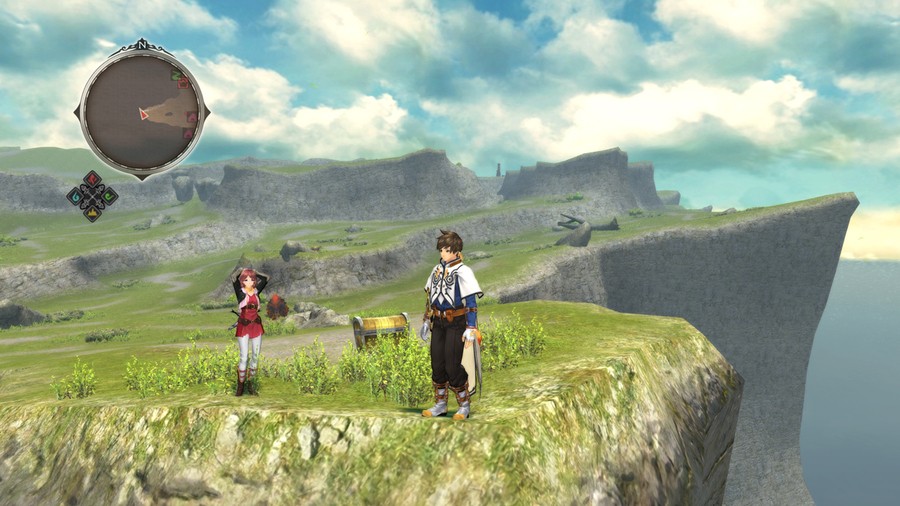
Take your time
Tales of Zestiria is a pretty big game. From start to finish, you're looking at an adventure that'll last upwards of 30 hours, so it's important to pace yourself. As mentioned, the title can seem a little overwhelming at first as it throws concepts, systems, and mechanics at you on a frequent basis – but don't lose your cool and rush past the game's many nuggets of guidance.
Indeed, it takes a while for Zestiria to let you off your leash and allow you to totally fend for yourself, and this can be frustrating if you're eager to make a lot of progress in a short amount of time. But at the end of the day, the things that you learn during the opening hours all click into place the further into the game that you get, so it's best to just take your time, experiment with what you're given, and try not to force your way through the story.
Of course, this is a slice of advice that could be given in regards to any relatively complex title, but Sorey's tale is something that really rewards you for your patience as it gets the plot rolling. Get stuck in, but don't try and wrap your head around everything at once.
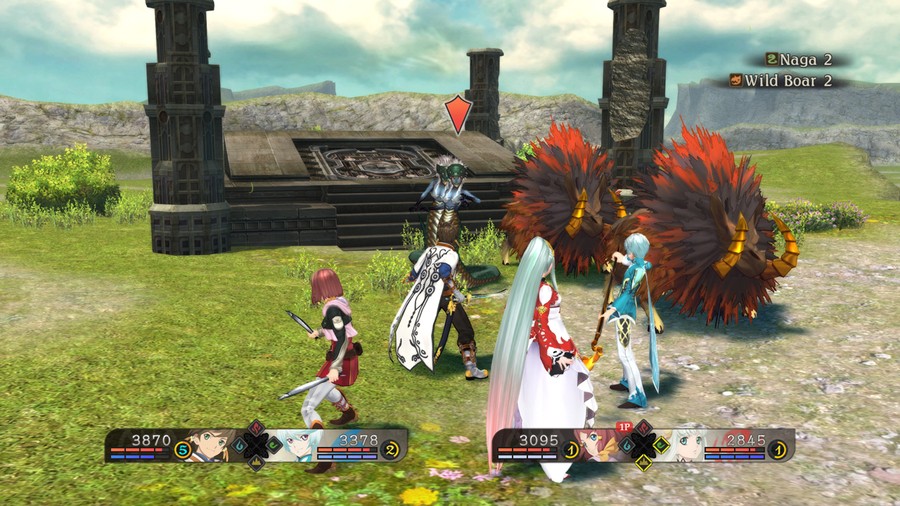
Combat is all about balance
Tales of Zestiria's combat system hides a heck of a lot of depth, but beginners just need to remember that its foundation is all about balance. Filled with flashy attacks and a lot of combo potential, it's undoubtedly fun to wade into fights and start whacking buttons to your heart's content, but focusing solely on offensive techniques is a good way to get yourself killed.
Each action that you take, apart from blocking, consumes some of your spirit chain – or SC – and hammering away at your opponents without pause will quickly exhaust it, leaving you unable to complete combos and evade when necessary.
This is where defensive actions come in. While blocking, simply standing still, or moving around without the use of the free move mechanic, you'll regain SC over time. This means that your best strategy when running low on SC is to back away from your foe and start defending until your SC recovers to a more favourable level. And don't worry – the SC gauge generally refills at a quick pace, so you won't have to wait too long to get back into the fray.
Taking all of this into account, your best bet during battle – at least in the opening hours – is to unleash a few combos, back off while your artificial intelligence buddies do some damage, and then resume pummelling the opposition yourself. Rinse and repeat this process, and you'll become familiar with the basic flow of combat in no time.
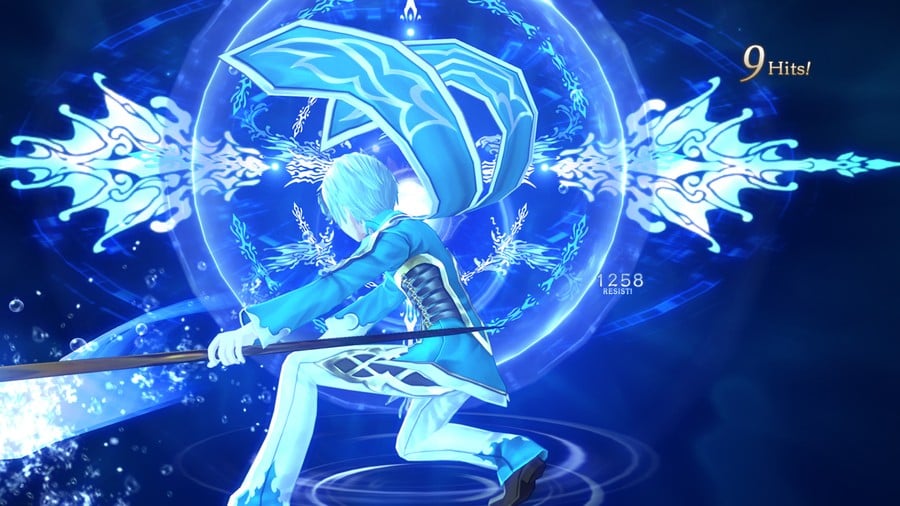
Use your seraph allies wisely
Once you're a few hours into Tales of Zestiria's story, you'll gain the ability to call upon more than one seraph during battle. These elemental beings aren't just quirky party members – they're key to exploiting enemy weaknesses, and by using them efficiently, you can make your job on the battlefield far easier.
Seraphim are very versatile allies. They can fight by your side like a regular human companion, or you can use them to enhance your own abilities by calling upon the power of armatization. Fusing yourself with your chosen spiritual buddy, armatization is a fantastic technique to use when you're in a bind, as depending on the amount of your health bar that's highlighted in blue, you'll regain those lost hit points when you join together with your chosen seraph.
There are obviously other benefits to armatization besides health regeneration, though. Depending on which seraph that you combine with, you'll gain access to elemental moves which are perfect for exploiting specific weaknesses. If you're up against a boss that's vulnerable to fire techniques, for example, armatize with Lailah and go to town with your red hot combos. Not to mention that in fused form, Sorey is generally a much more damaging fighter.
Amplifying their versatility further is the fact that you can switch between seraph with the directional pad. Not only does this allow you to shift party members on the fly so that you can bring in an ally who's strong against your current opposition, but it also means that you can swap out a seraph who's on low health. Over time, seraph will recover their hit points while on standby, so it's always a good idea to remove them from a brawl if they're taking a beating – if only so that they can return with a bit more health later on.
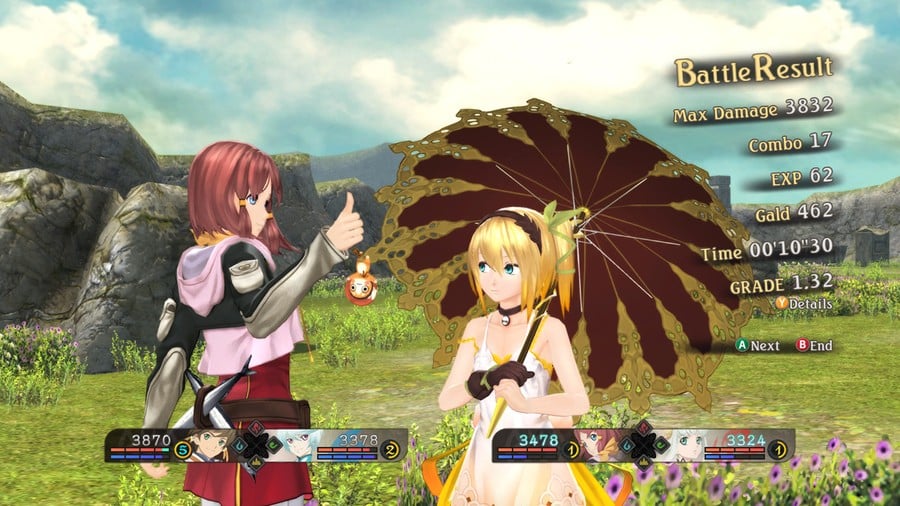
Don't be scared to experiment when fusing equipment
One of the more daunting aspects of Tales of Zestiria is its fusion system. Each piece of equipment that you find, whether it's a sword, a staff, or even a pair of boots, will have skills attached to it. Skills can range from things like basic attack boosts to granting you more SC recovery, and making sure that you augment certain strengths of your party with specific bonuses can give you a noticeable edge in combat.
However, the process of fusing equipment adds some complexity to proceedings, as by combining items of the same name, you can unlock new skills or add existing ones to the finished product. At first, this takes some time to get used to – after all, there are hundreds of combinations, and deciding what to fuse and why can be tiring if you just want to get on with the story.
Our advice here is to not be too scared of experimenting with equipment fusion. By whacking stuff together, you'll slowly but surely get to grips with the system, and in turn, you'll start to work out which skills you prefer for each member of your party.
In the early hours of the game, you won't have much equipment to work with anyway – shops will sell a limited amount of stuff, and battles won't be frequent enough to warrant grinding for loot drops. By contrast, once you're further into plot, you'll stumble across locations where combat occurs more often, and gear dropped by enemies becomes somewhat plentiful. At this point, you'll be able to fuse numerous bits and pieces together on a regular basis, so feel free to mix and match without worrying too much about the consequences.
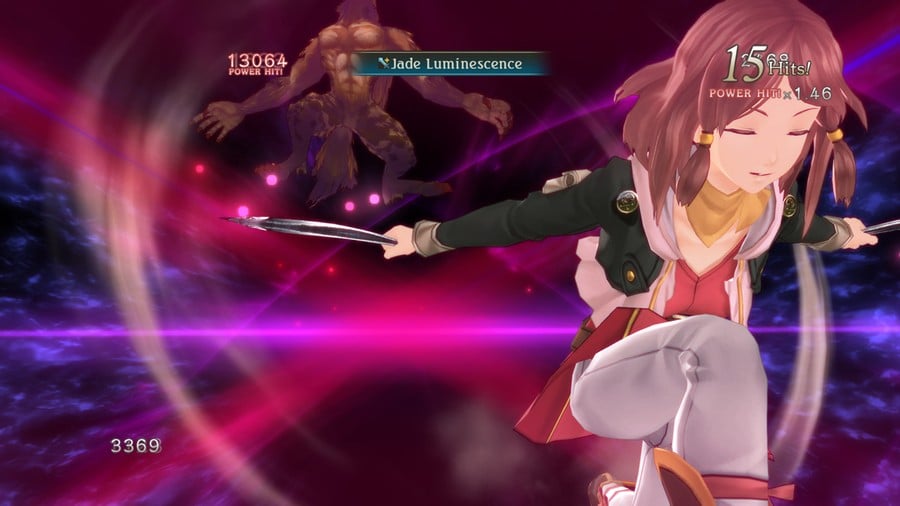
If you're struggling, there's no shame in going simple
As you've probably gathered from this guide, Tales of Zestiria isn't necessarily an accessible game. It takes time to learn the ins-and-outs of each system, and the flow of combat can appear awkward at first, especially if you're used to the controls and mechanics of other action titles.
Fortunately, Zestiria has several difficulty options that should cater to players of almost any skill level. If you're having real trouble adapting to how battles work, or even if you're just finding things a bit of a slog, there's no reason not to try out the 'simple' difficulty level. This difficulty setting is great for beginners, as foes will attack less in combat, giving you more time to try out combos, get used to the controls, and explore the finer points of the system. Plus, having easier battles also means that you won't have to put too much effort into maximising the effectiveness of your party's equipment.
Even just watching how the artificial intelligence plays can help you learn. By setting your character to 'auto', they'll be controlled by the AI in combat alongside the rest of your party. This can actually be a useful tool if you're looking for insight into how combos and various arte attacks work.
Ultimately, it's not worth ruining your enjoyment by taking on challenges that are frustrating or seem insurmountable. If you're totally new to the Tales Of series, it could well be worth starting out on the simple difficulty, and then jumping to normal when you've got a feel for things. Zestiria can present some tricky bosses and throw some downright brutal optional foes at you, so be sure to know your limits before you lose a good chunk of progress.
Do you have any useful Tales of Zestiria tips? Did we miss anything important? Feel free to guide any lost Shepherds in the comments section below.





Comments 4
remember kids, spamming the attack buttons will get you killed.
I got through Tales of Xillia by relying on "Palm Strike". You could spam it on most enemies because it had a chance to stun and you could do it quickly multiple times. You could also mix in some normal attacks to save on SP, knock the enemy down to recover your AC and repeat.
I'm playing on Hard and it doesn't seem too bad so far. I had a few annoying moments when the AI seemed to gang up on Mikleo so he'd die within about 10 seconds of the start of a fight.
I just want to give people a little pointer about something - at one point you find a dog that starts barking and leads you to something as you follow him. Keep him in your sights. If he gets out of your sight and you take too long to get to what he's leading you to, by the time you get there the poor little guy is dead. Get there quickly and he lives.
Hate the way Tales games throw system after system at you in the early hours. Sometimes even out side of battle so you cant try the tip immediately. My eyes just glaze over the text and I assume I'll pick it up later
Leave A Comment
Hold on there, you need to login to post a comment...